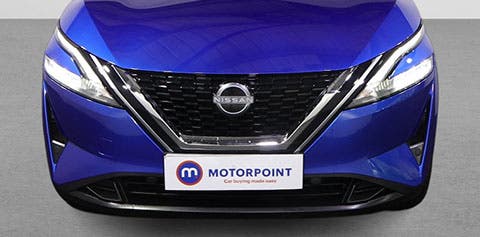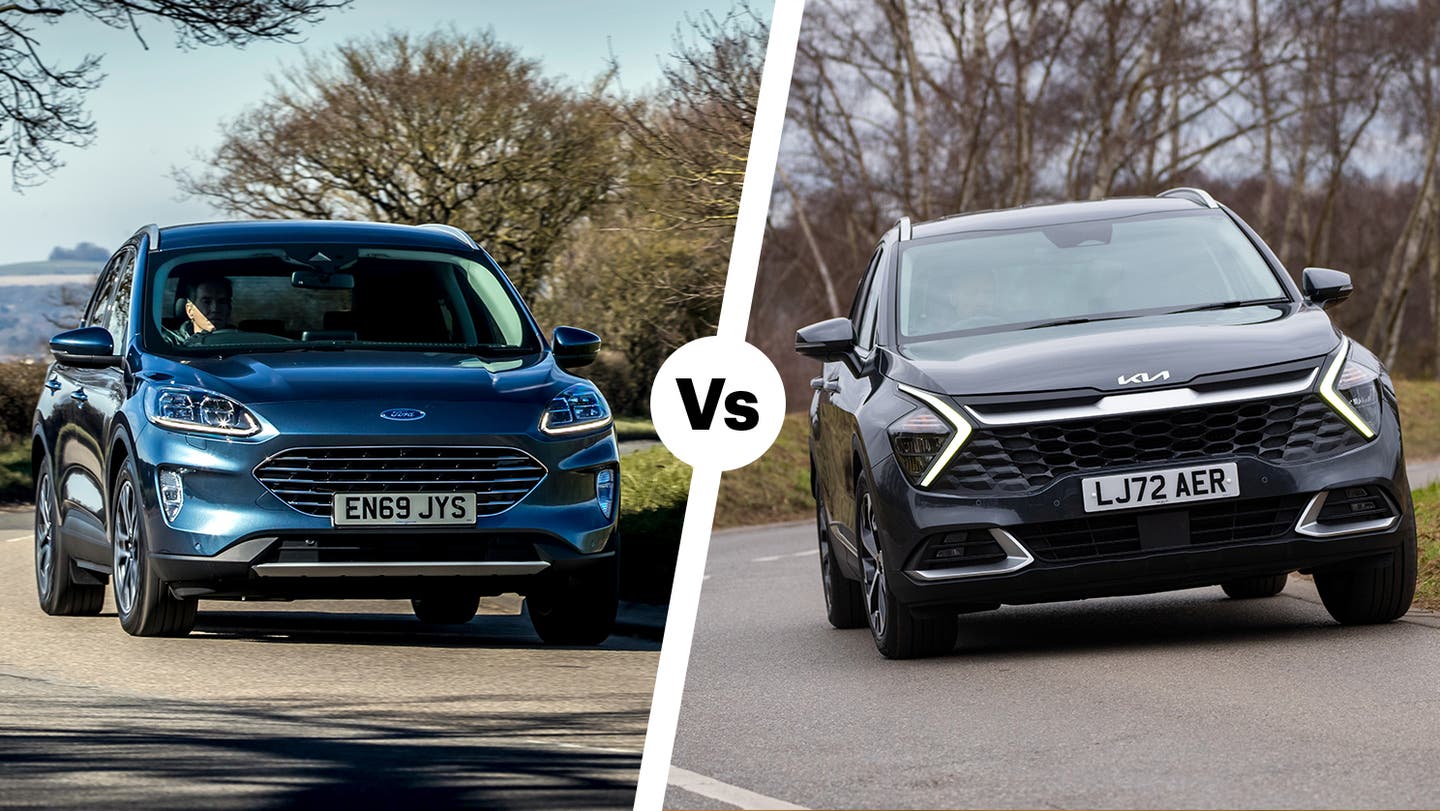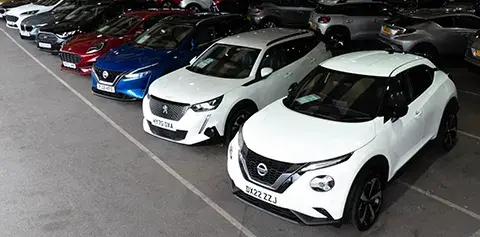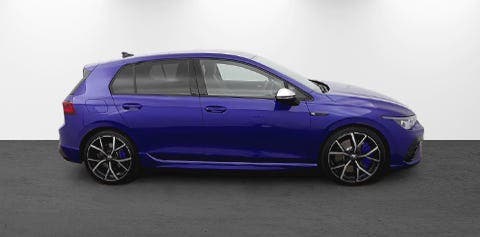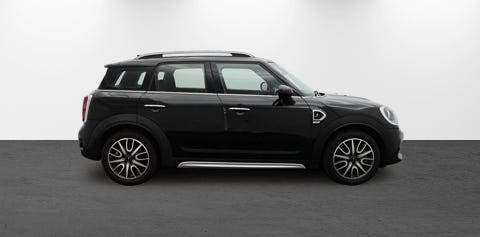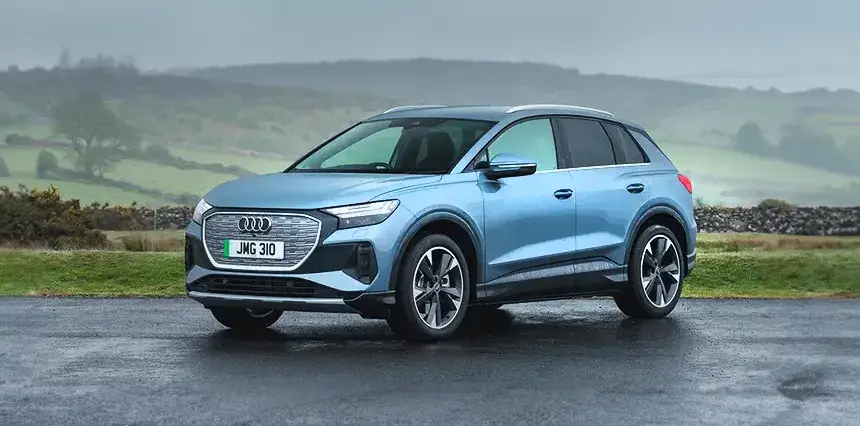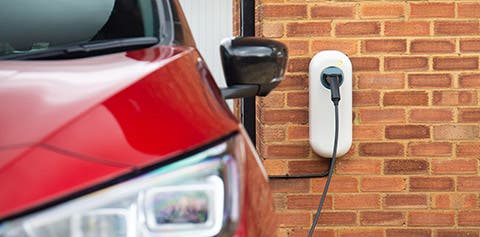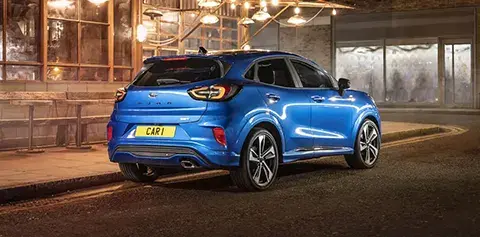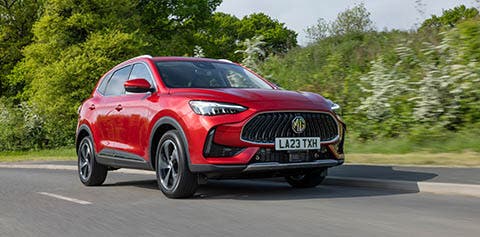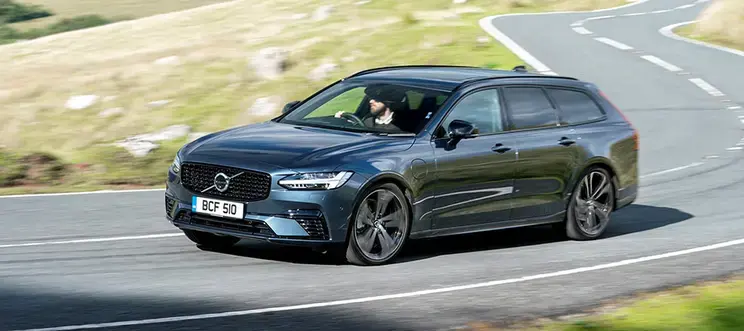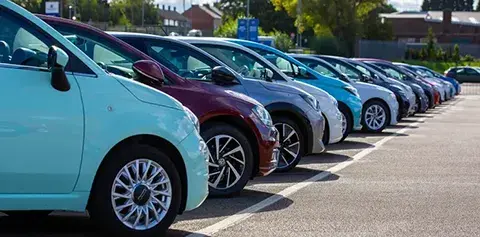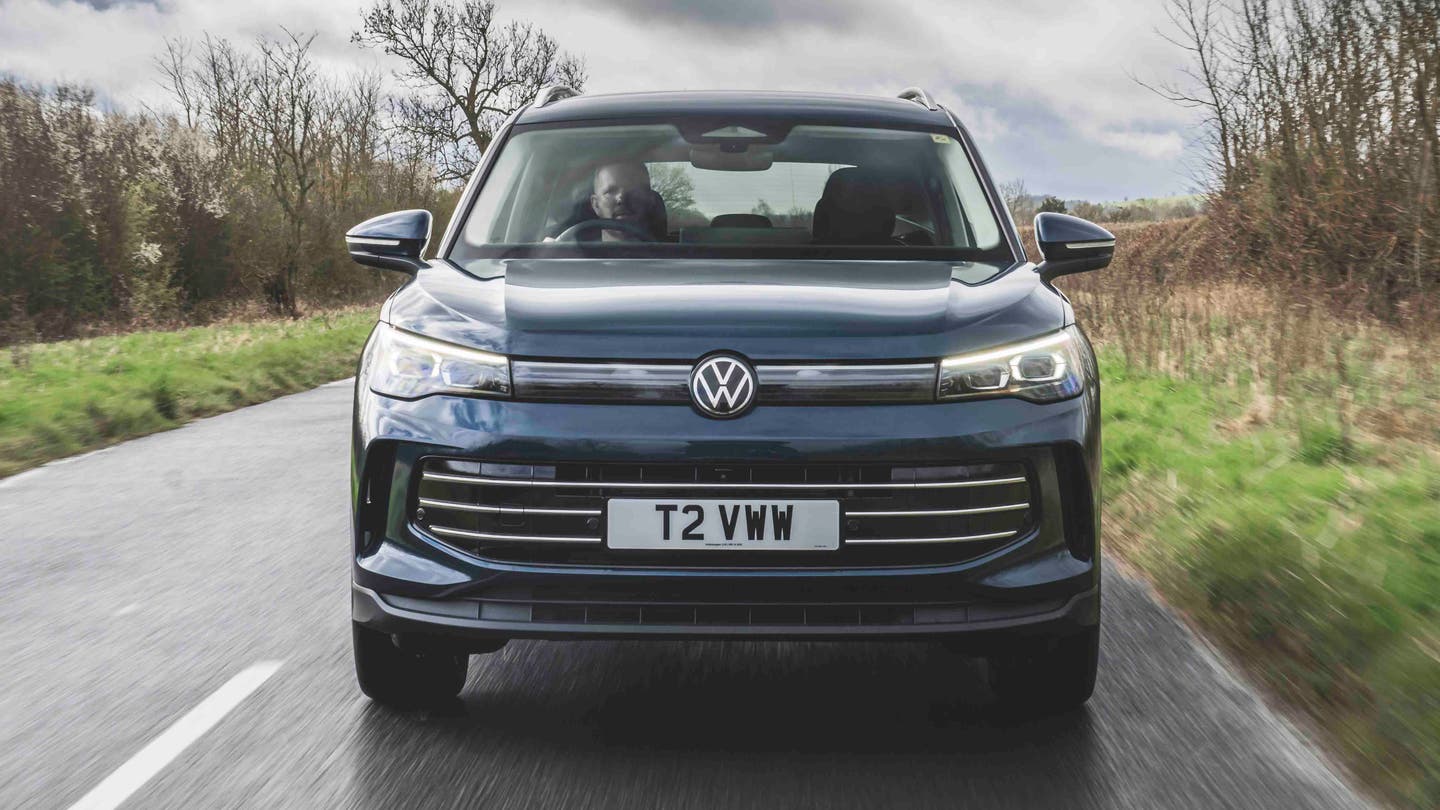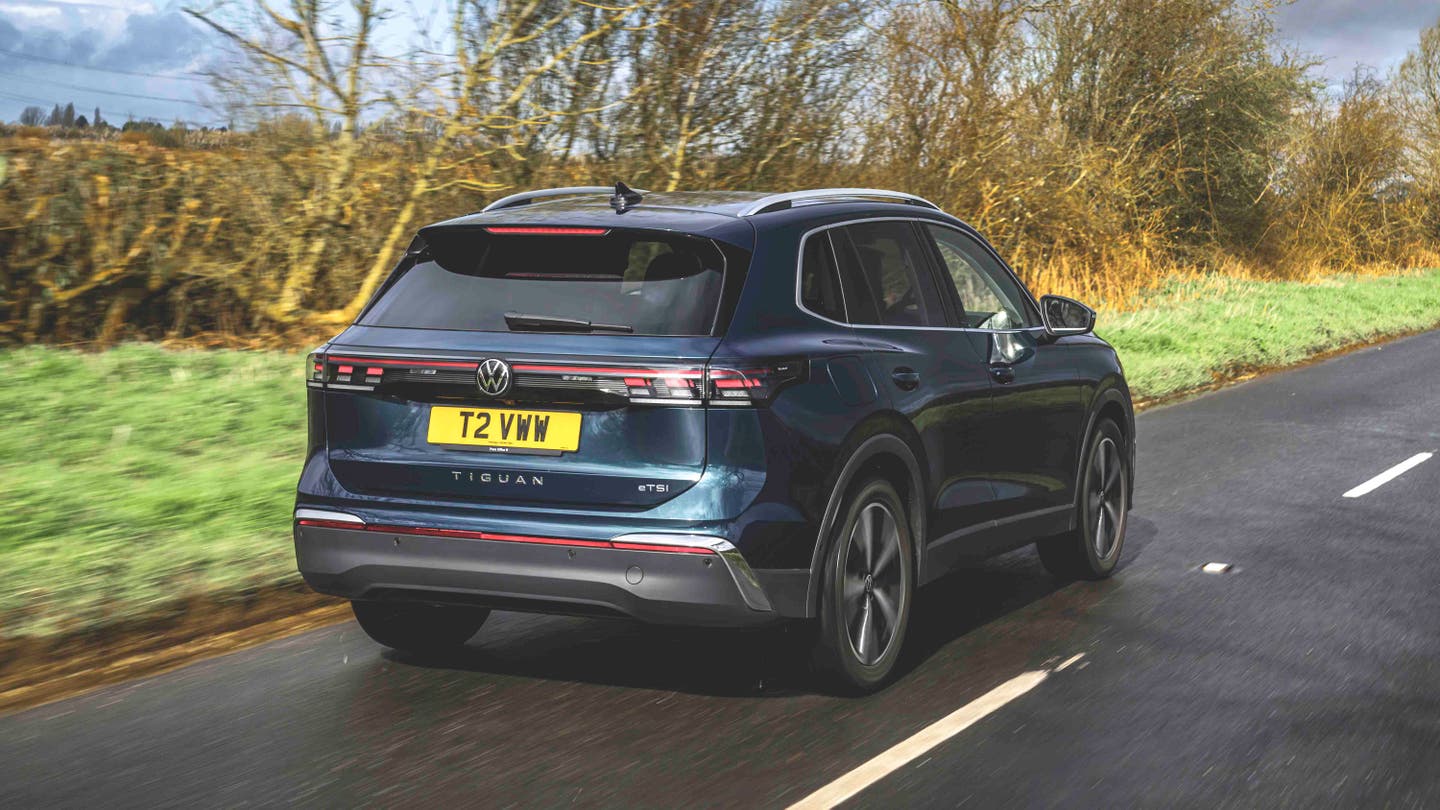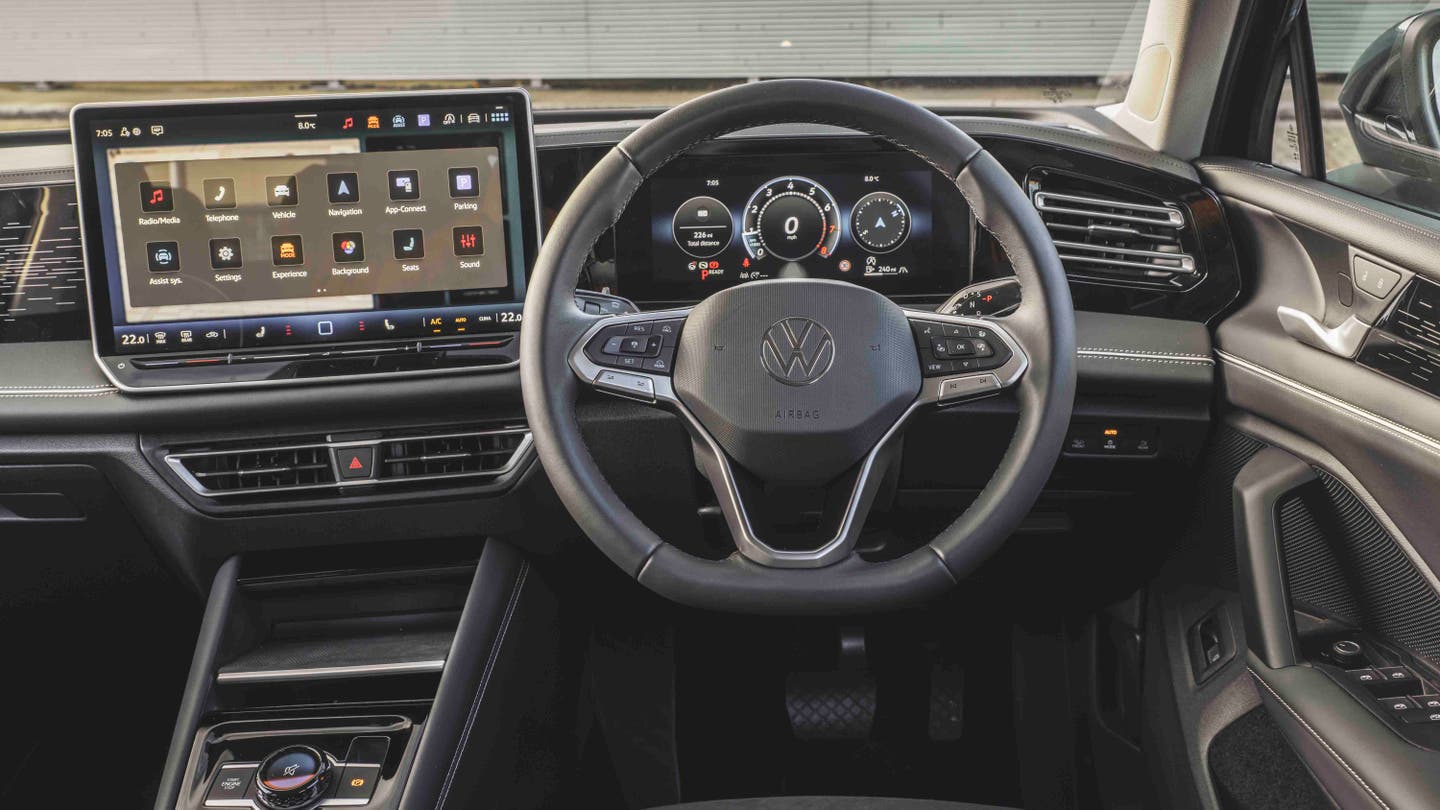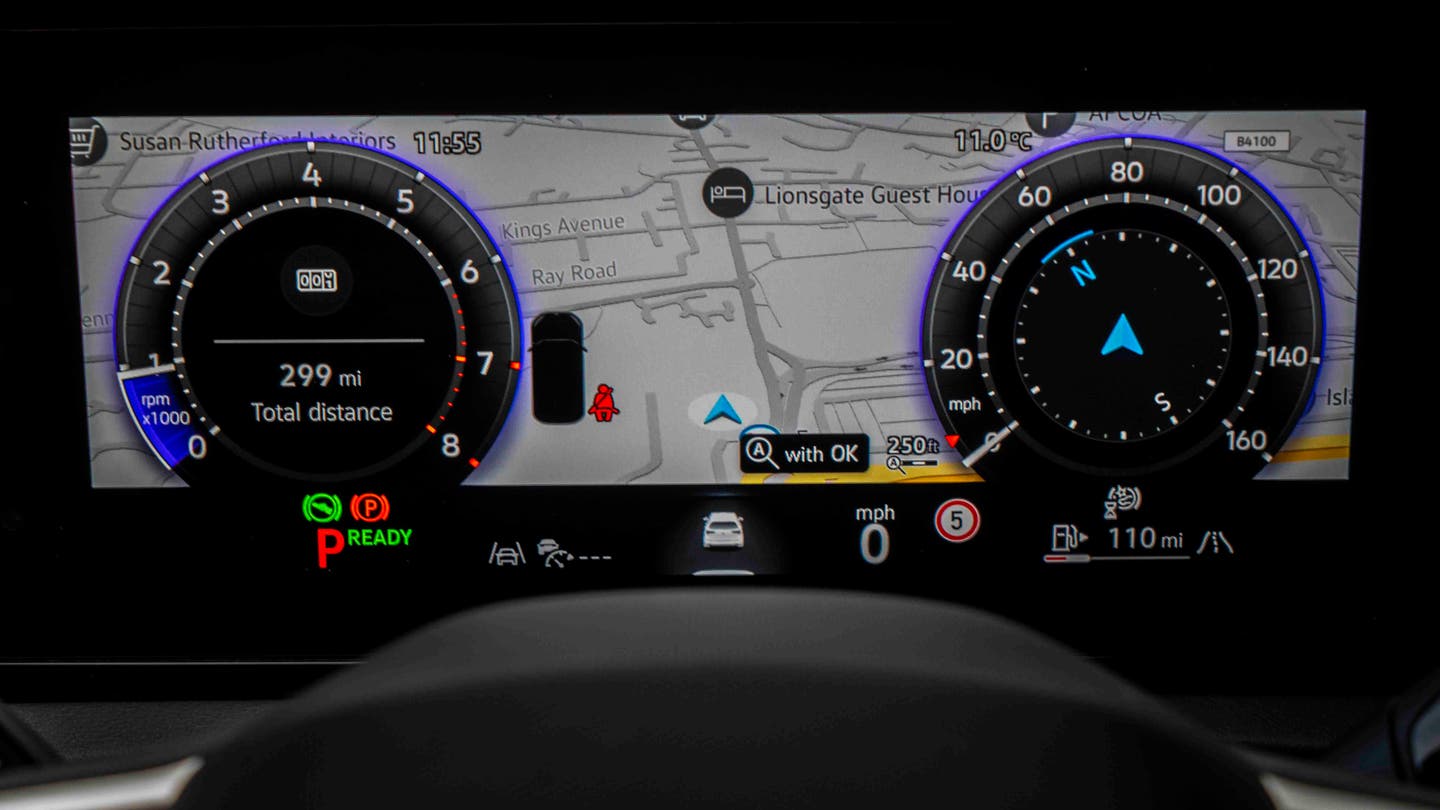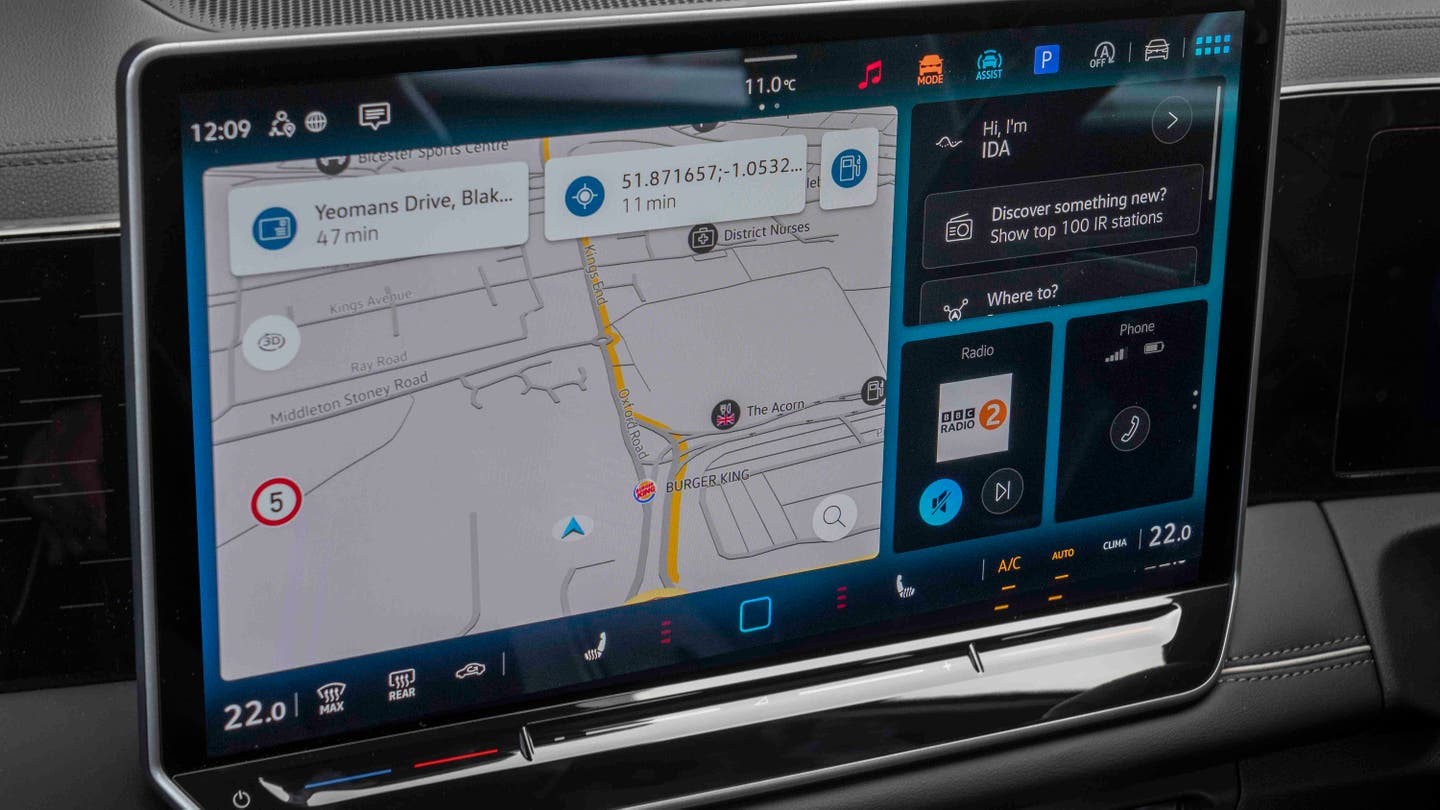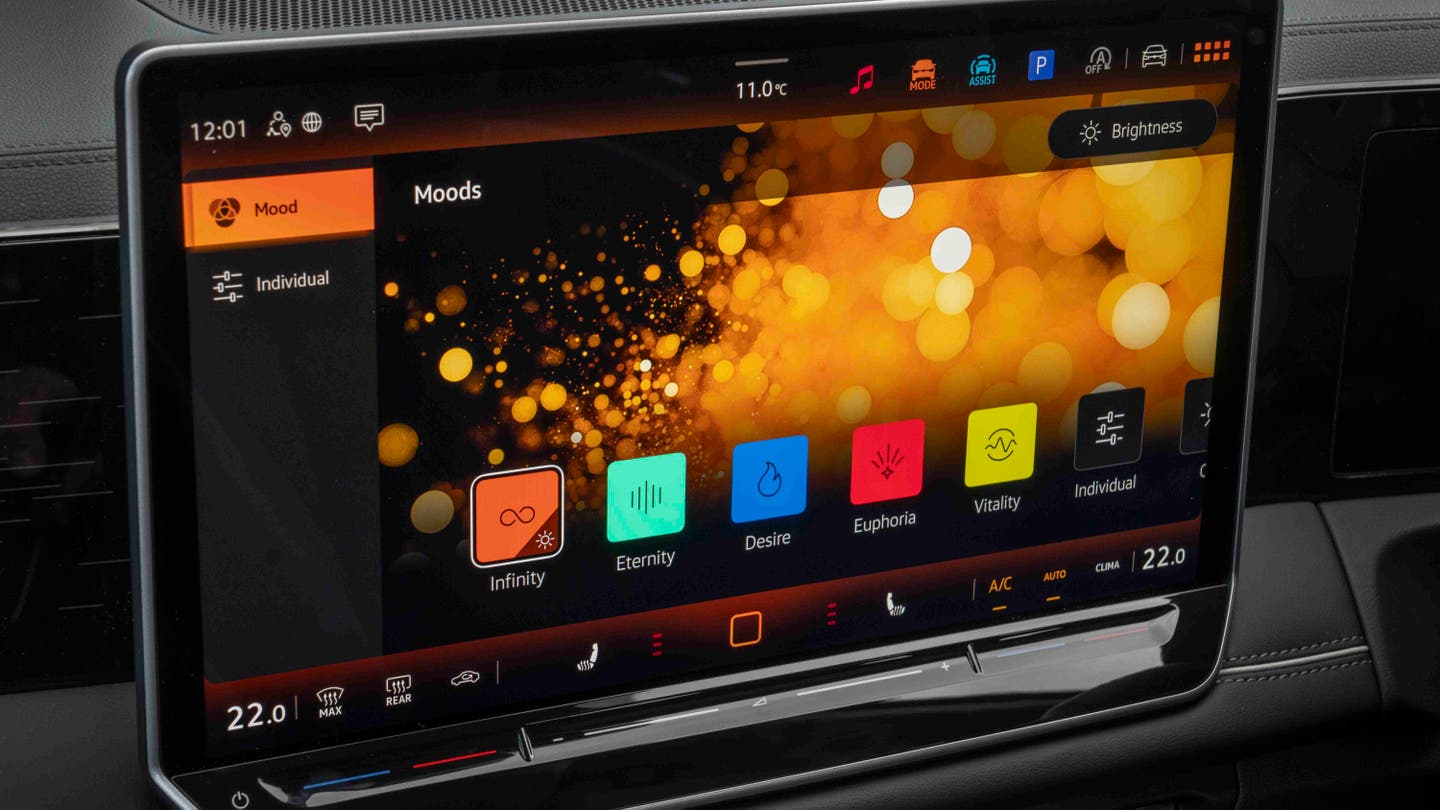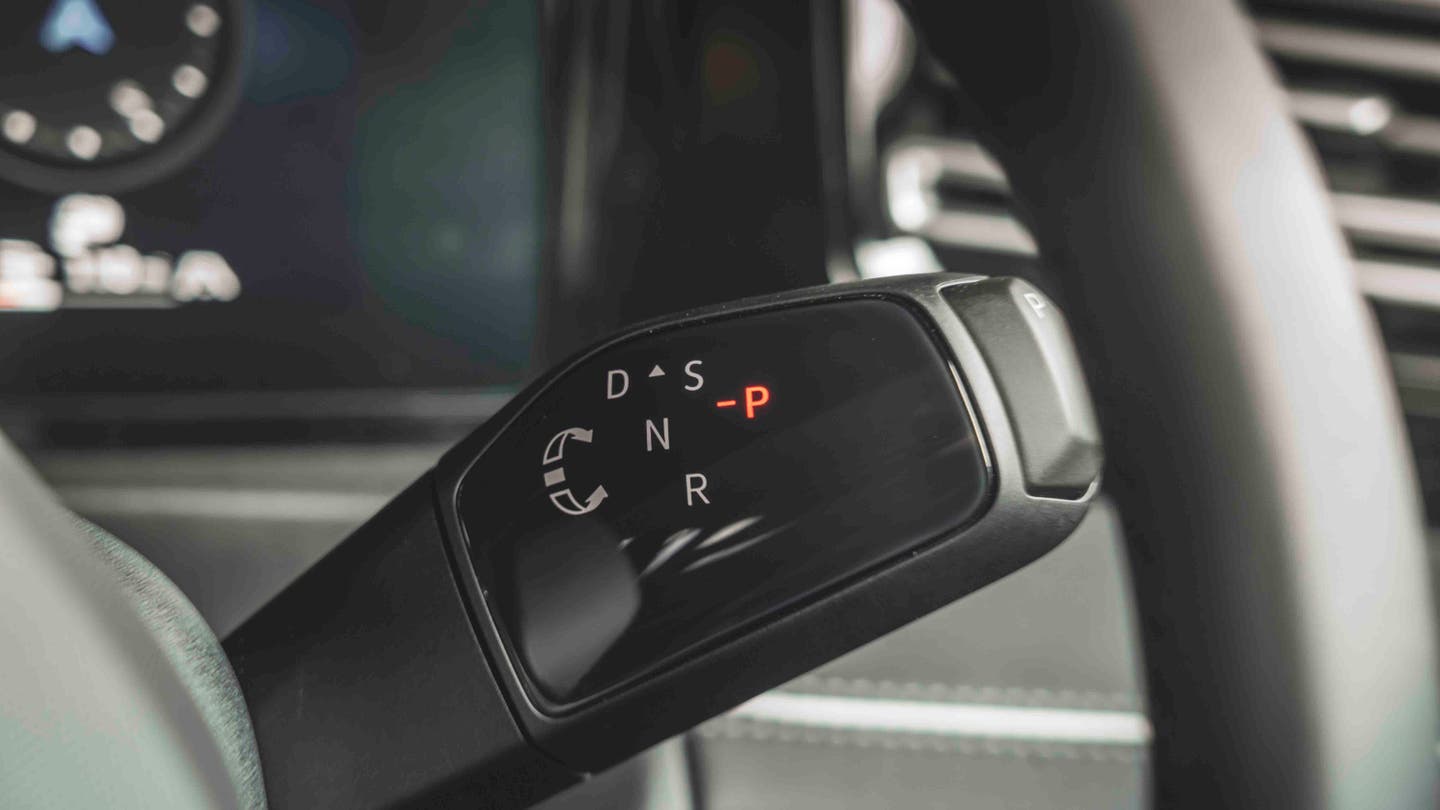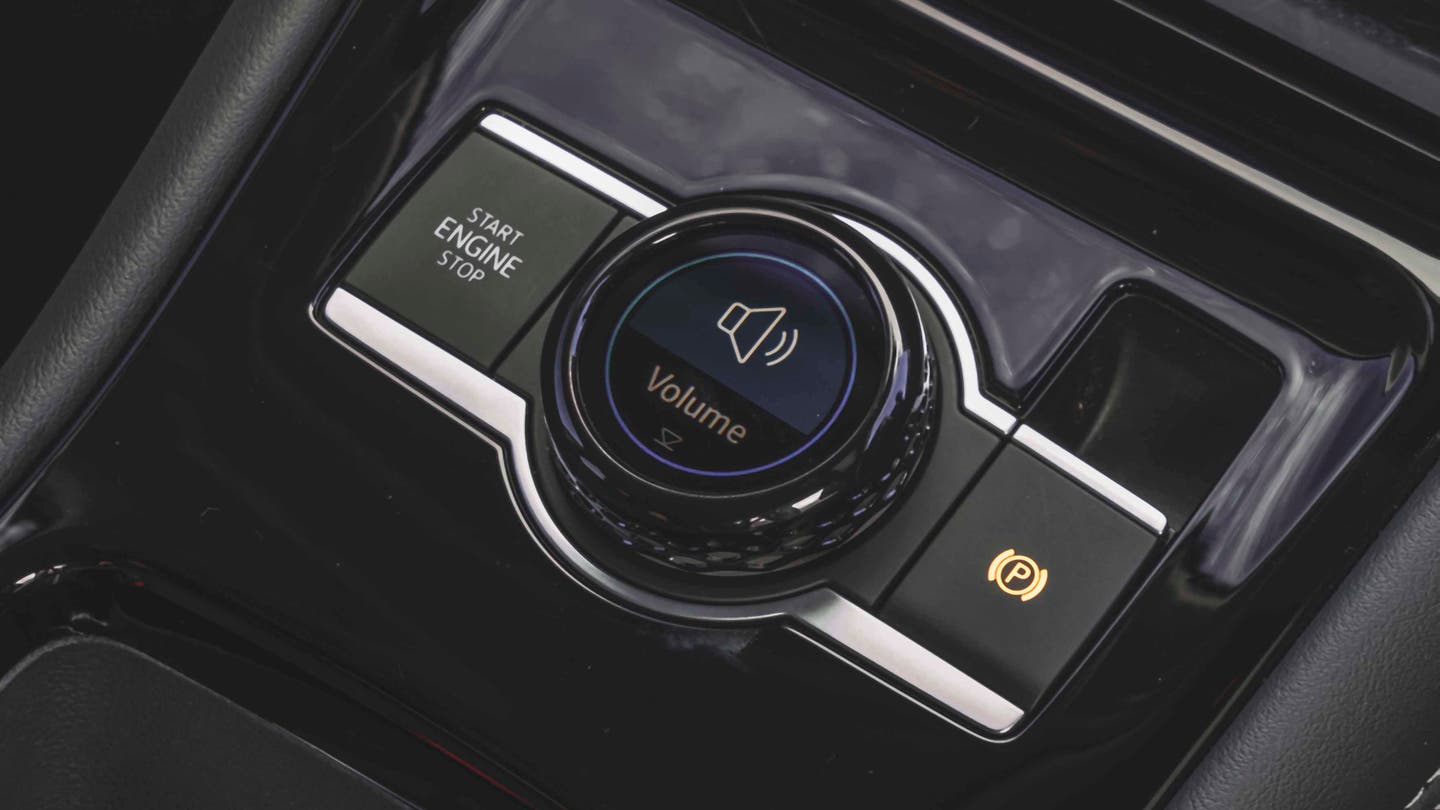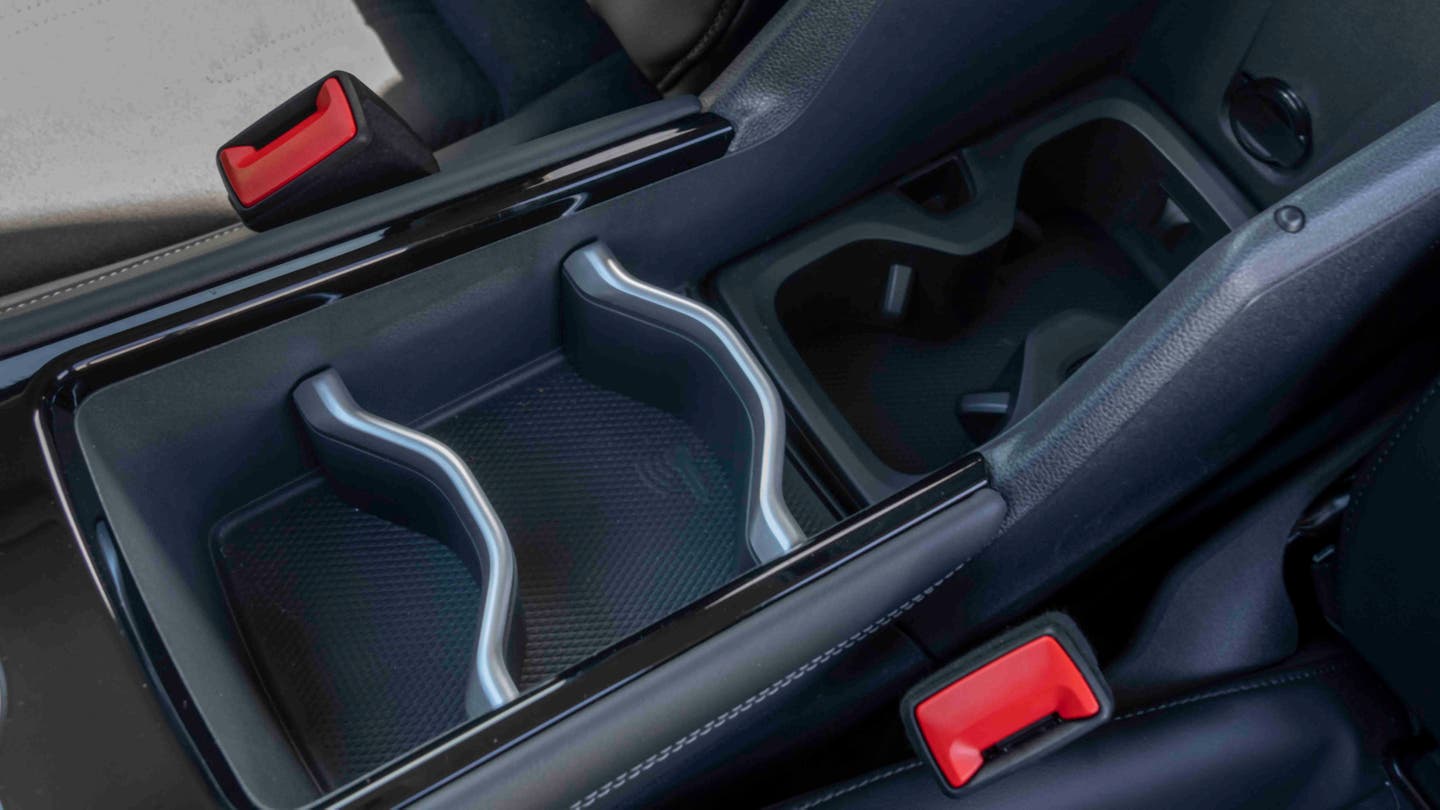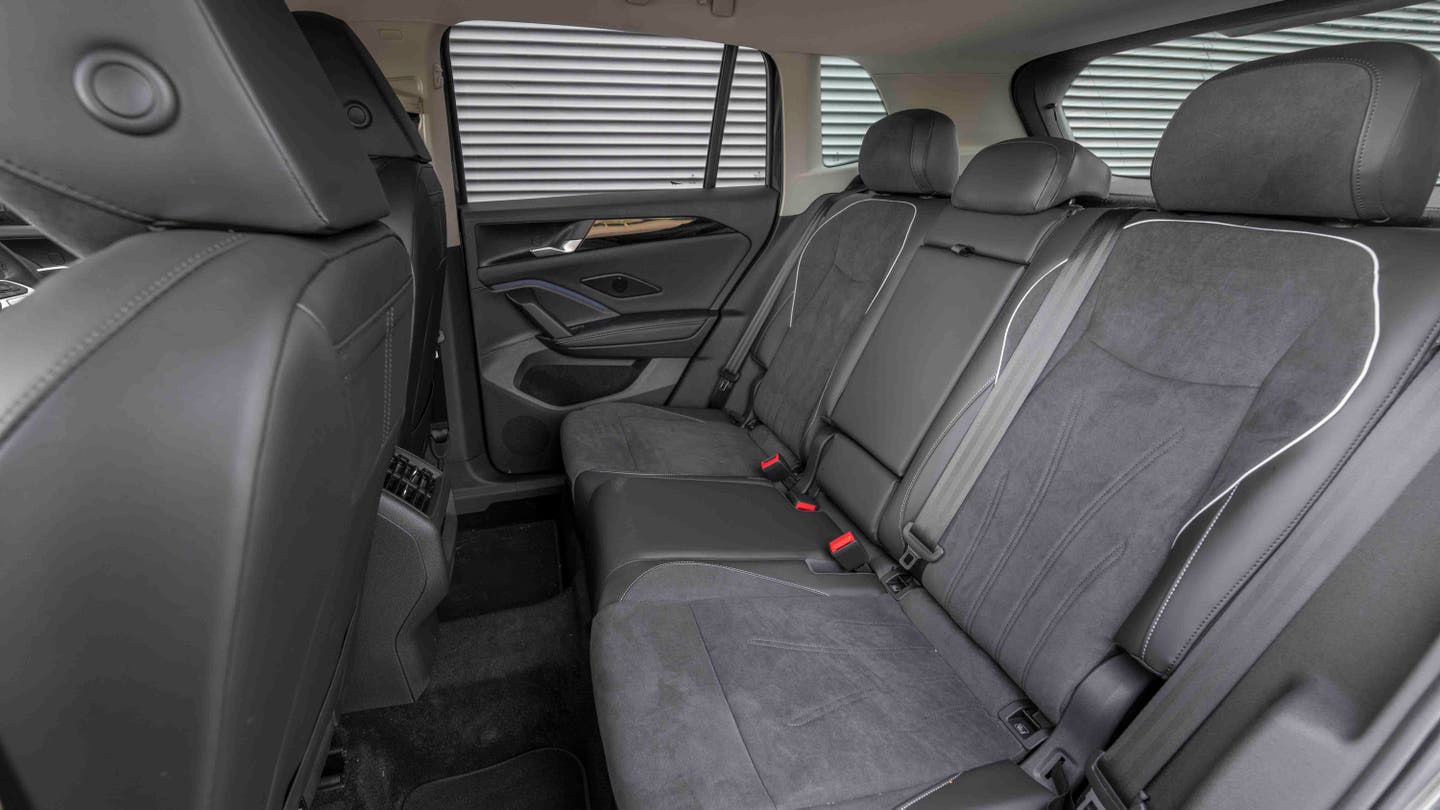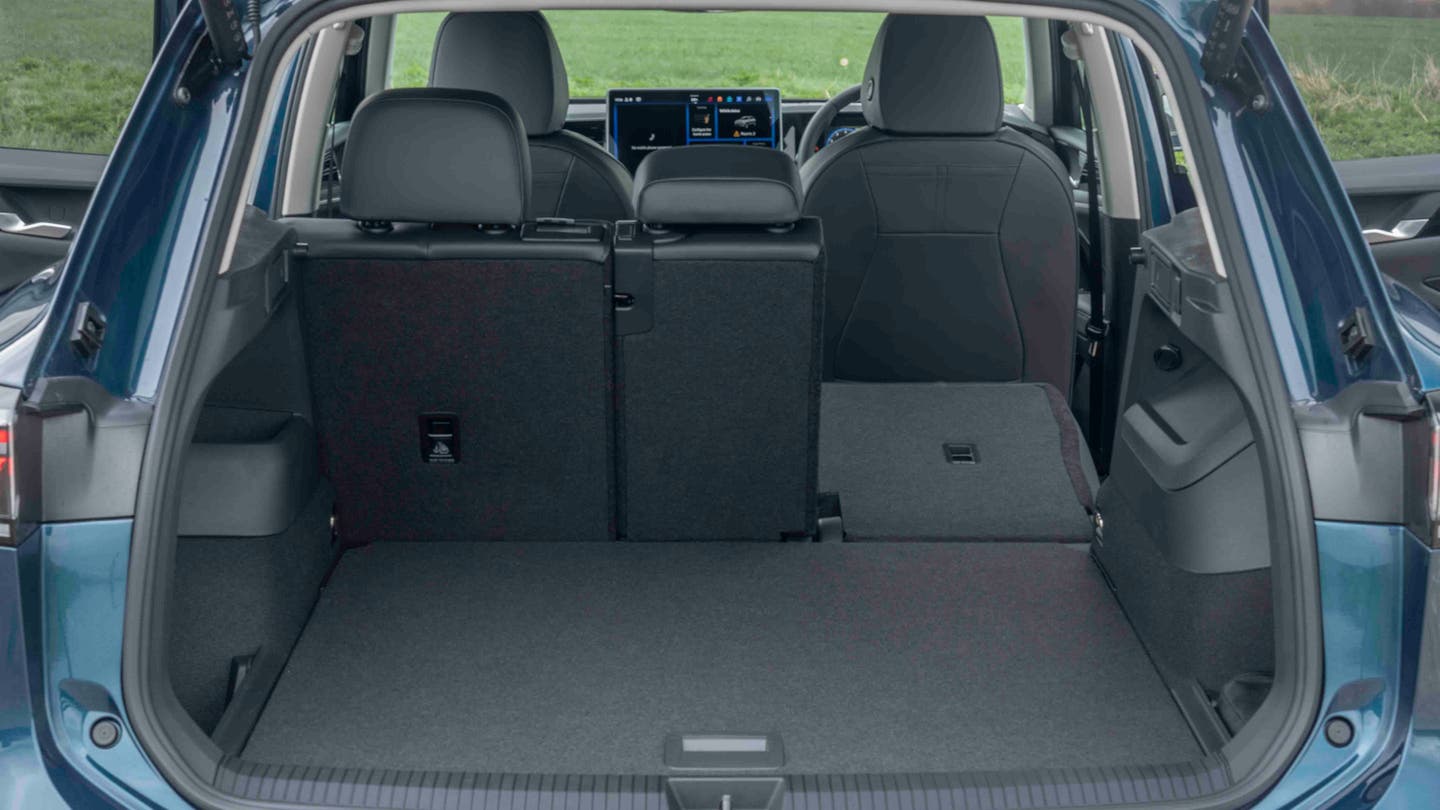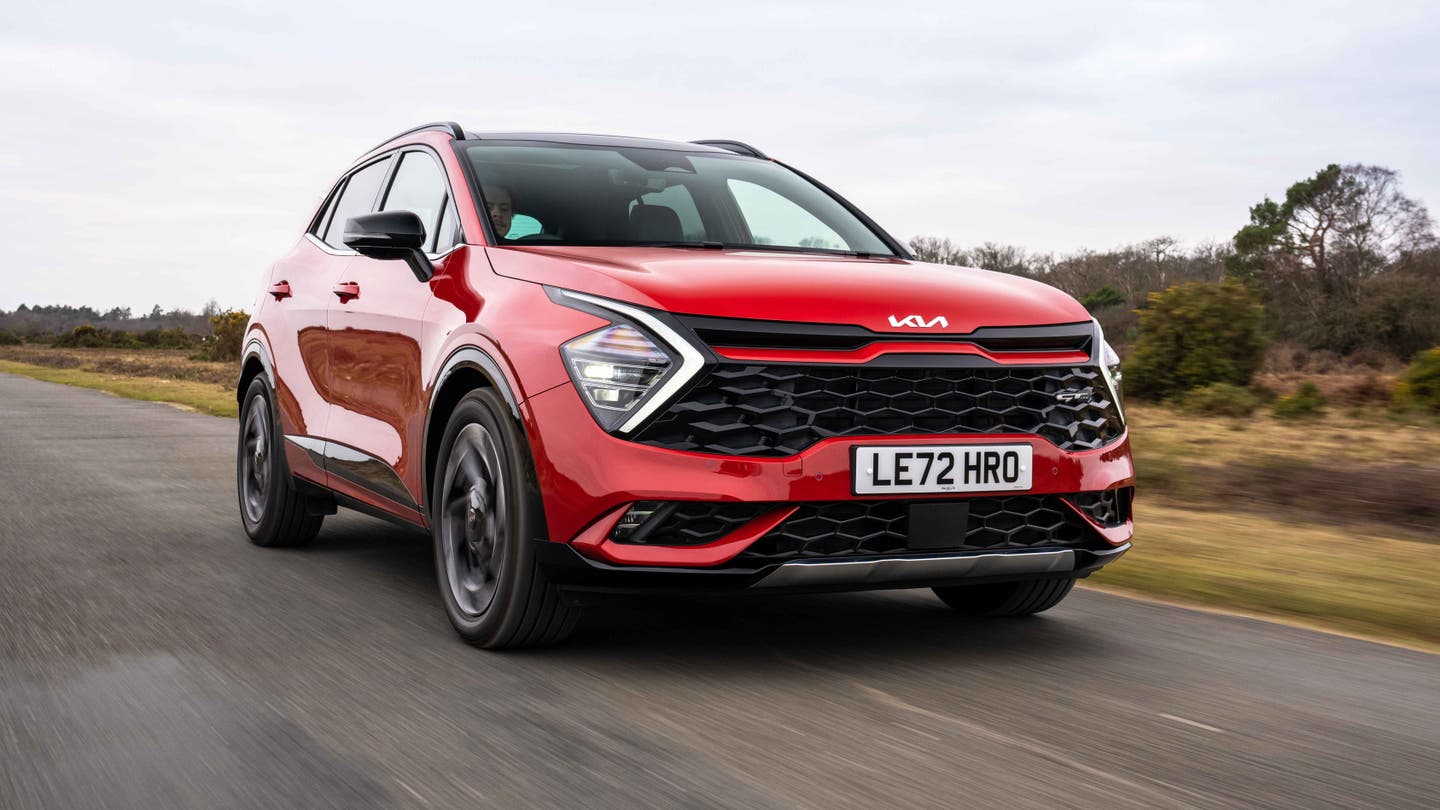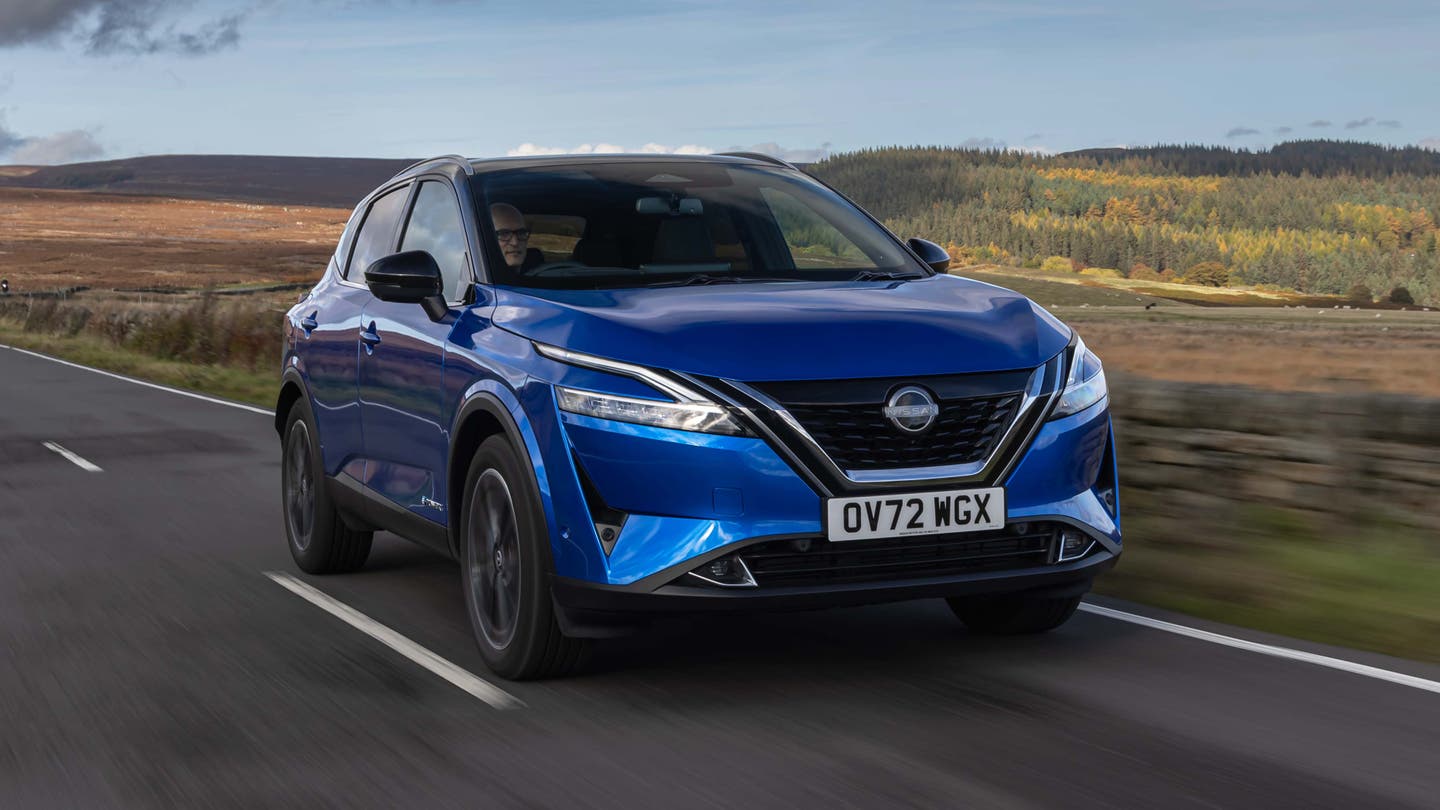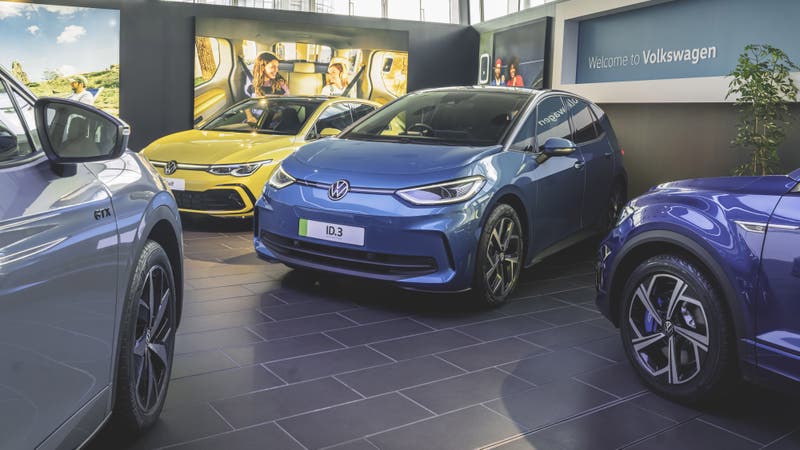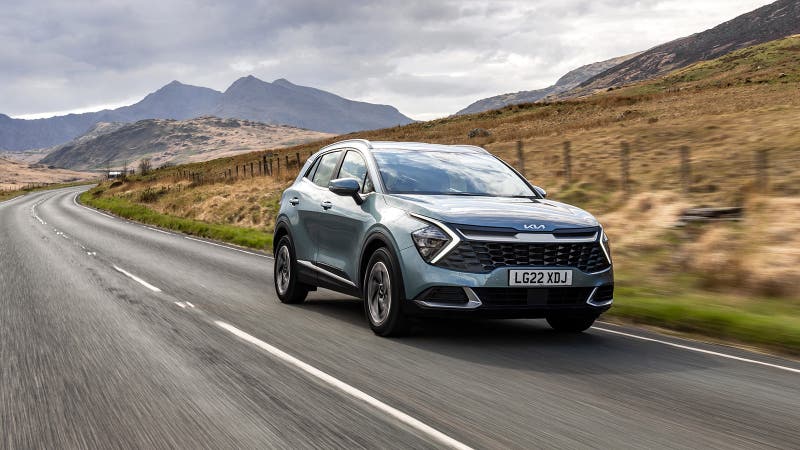
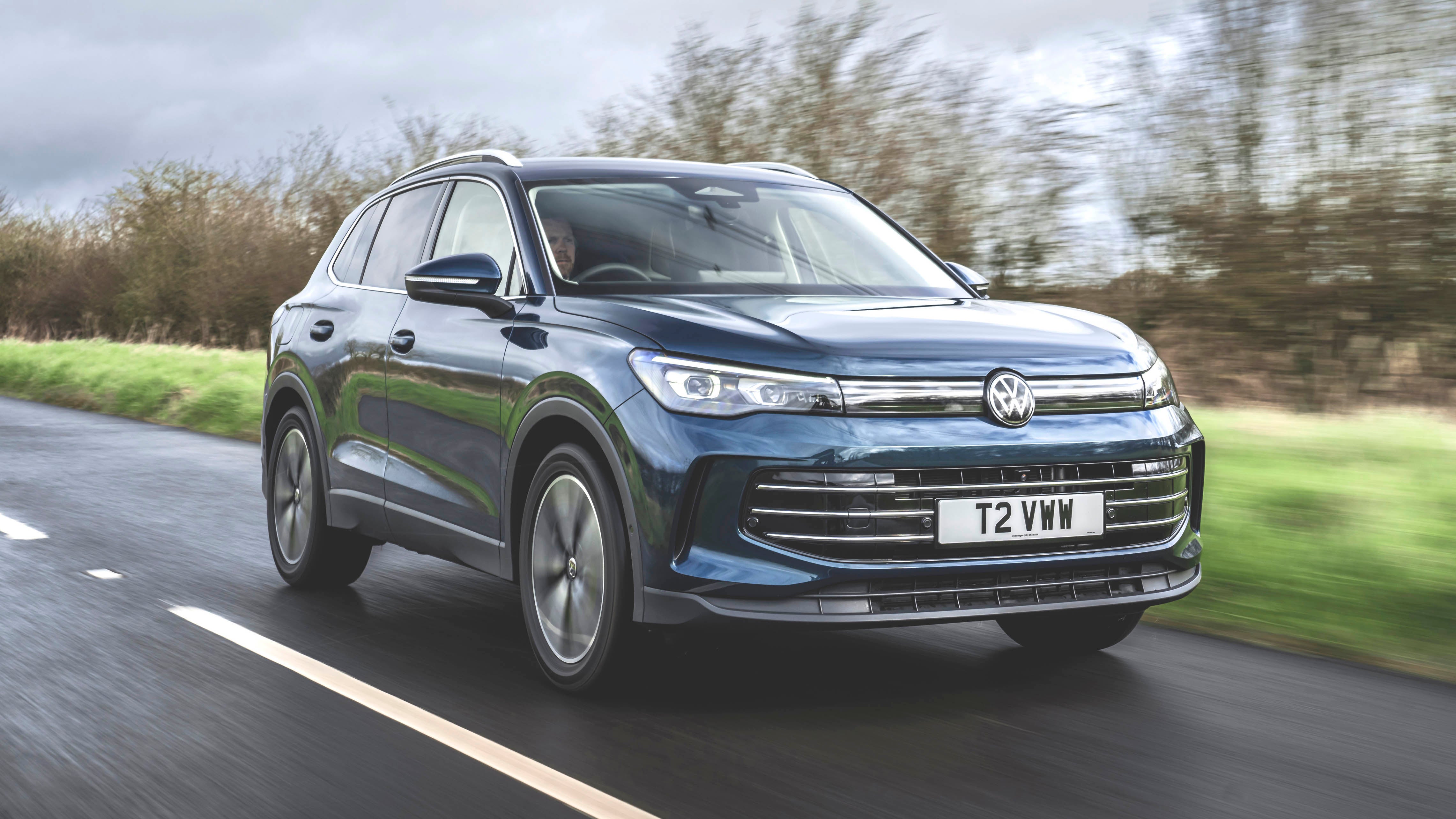

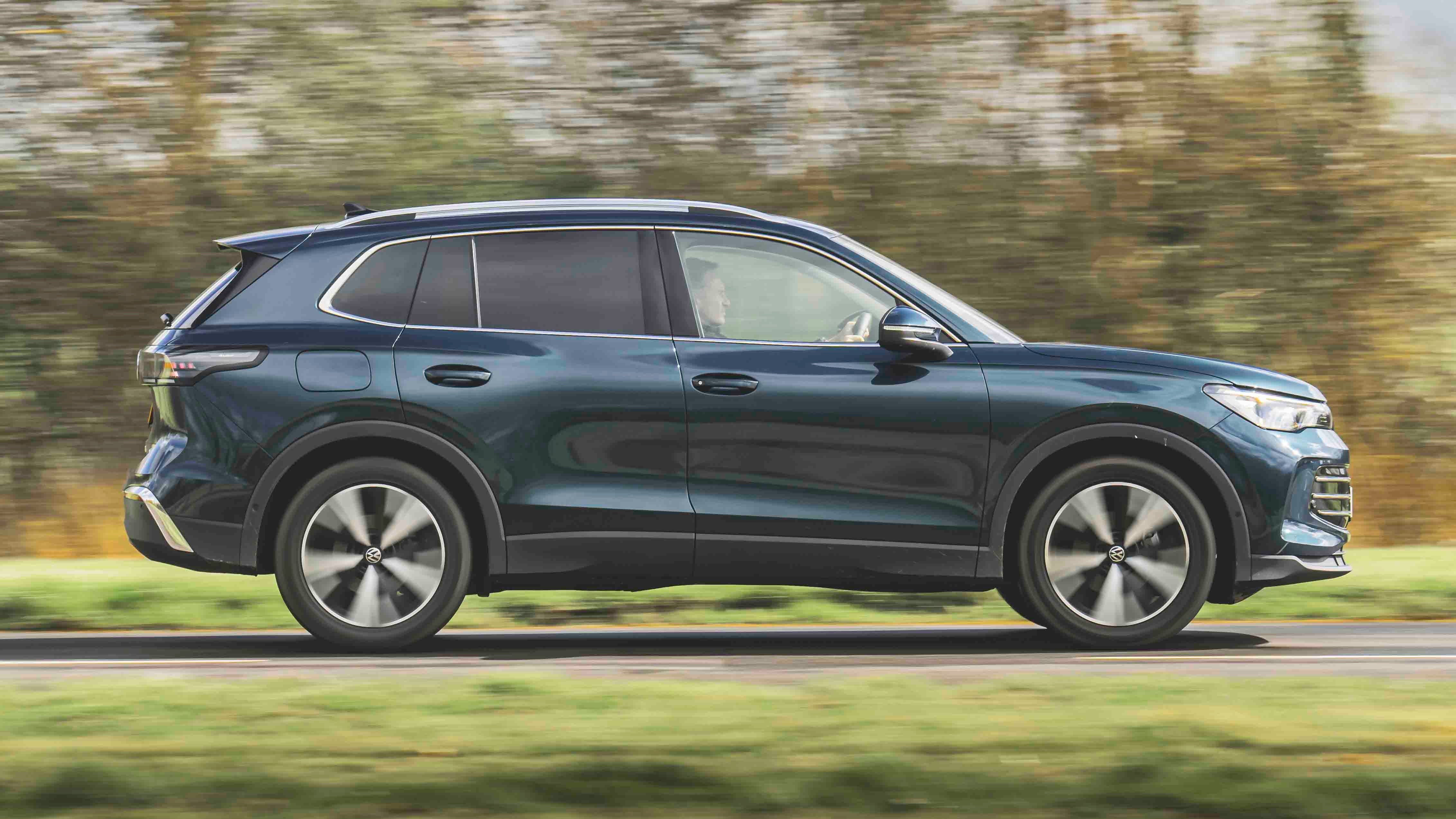
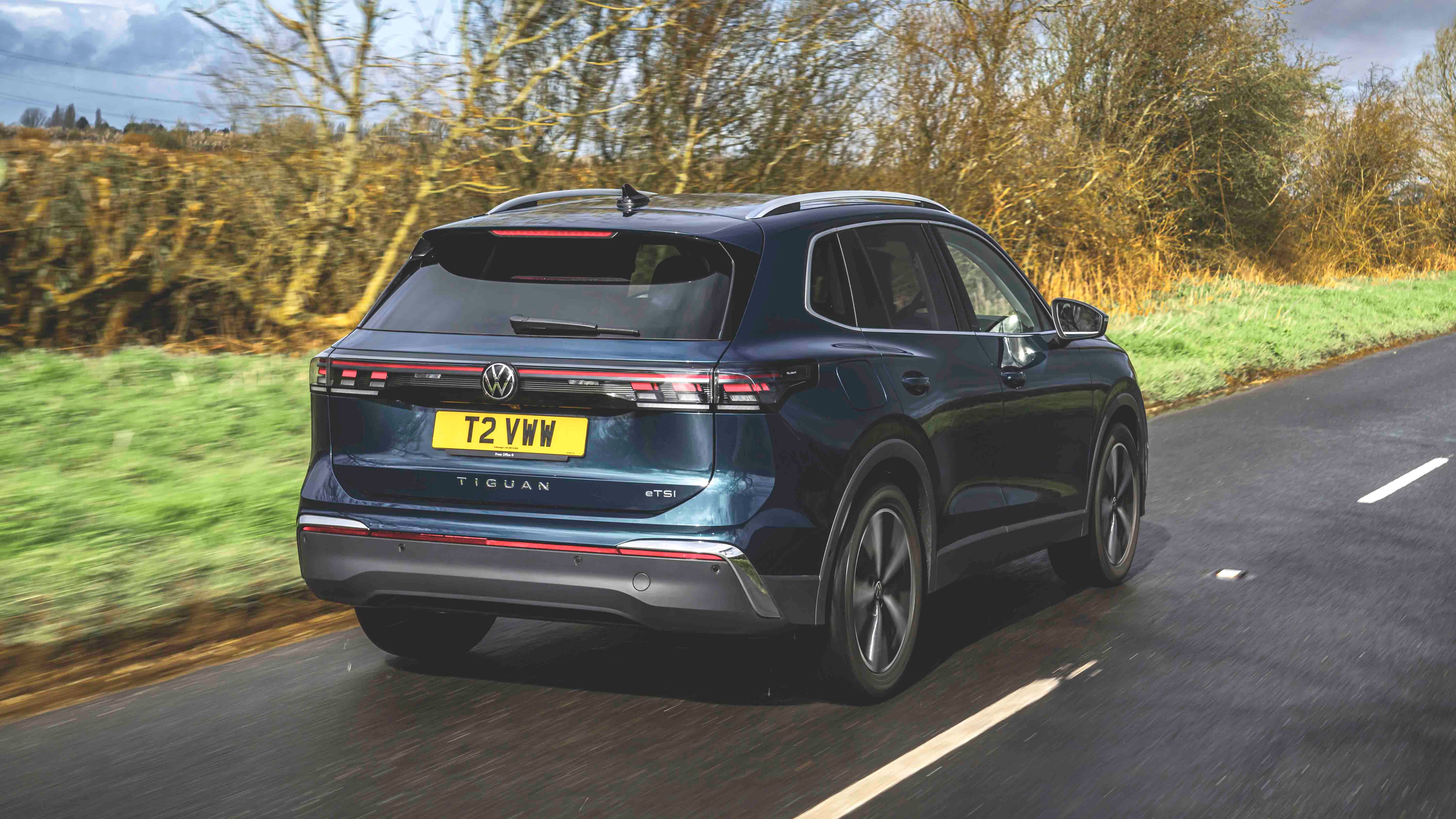
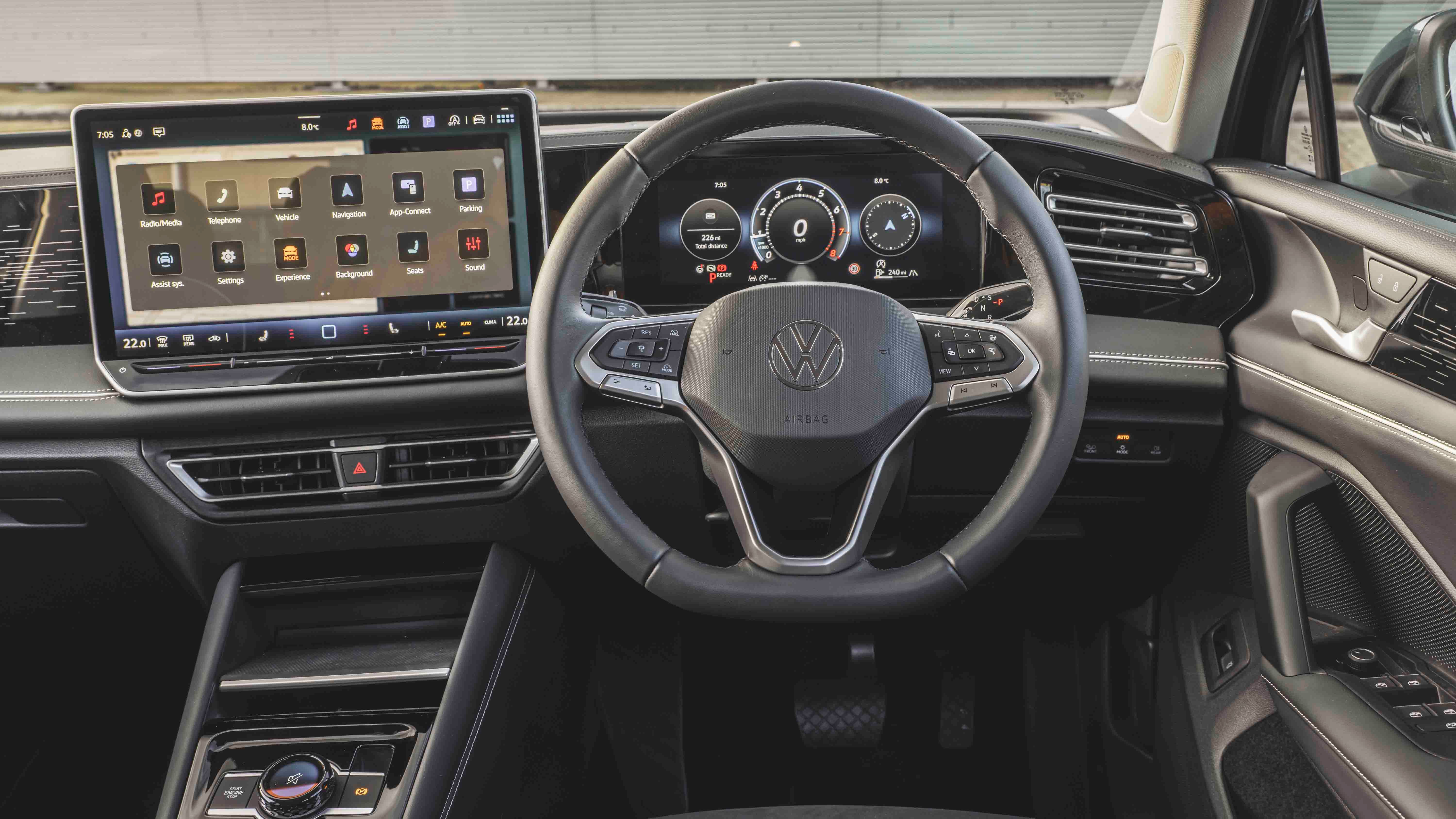
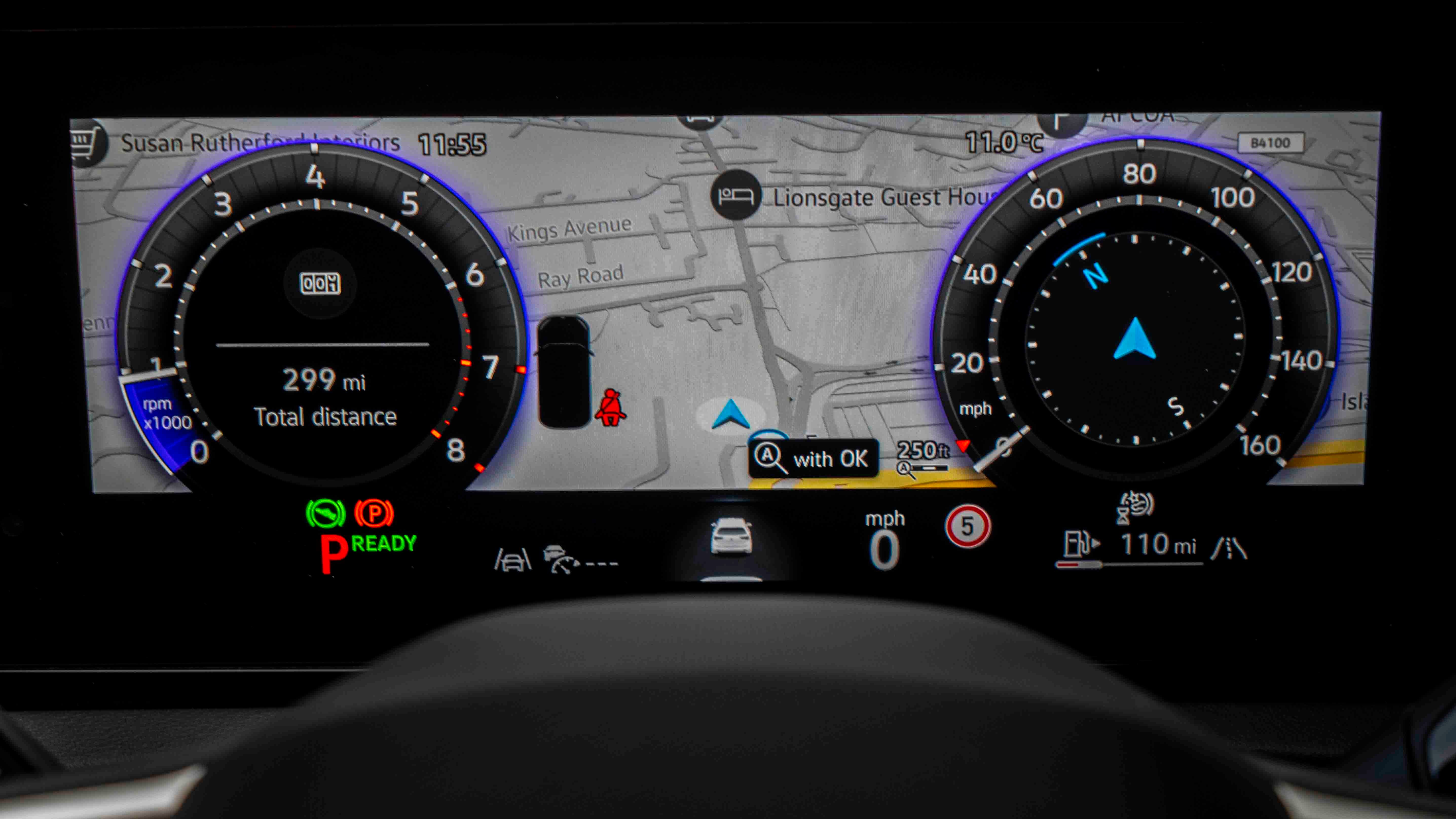
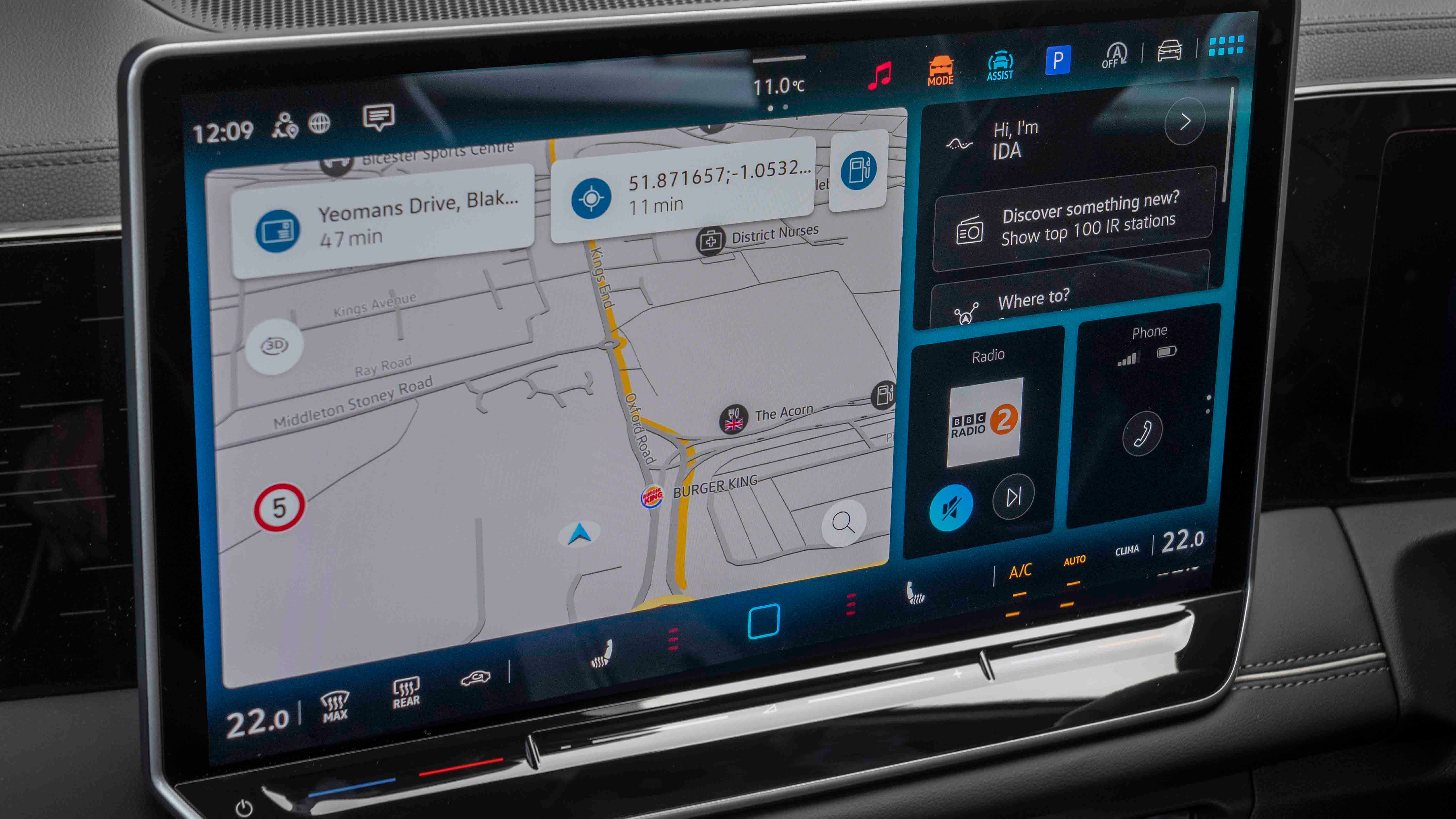


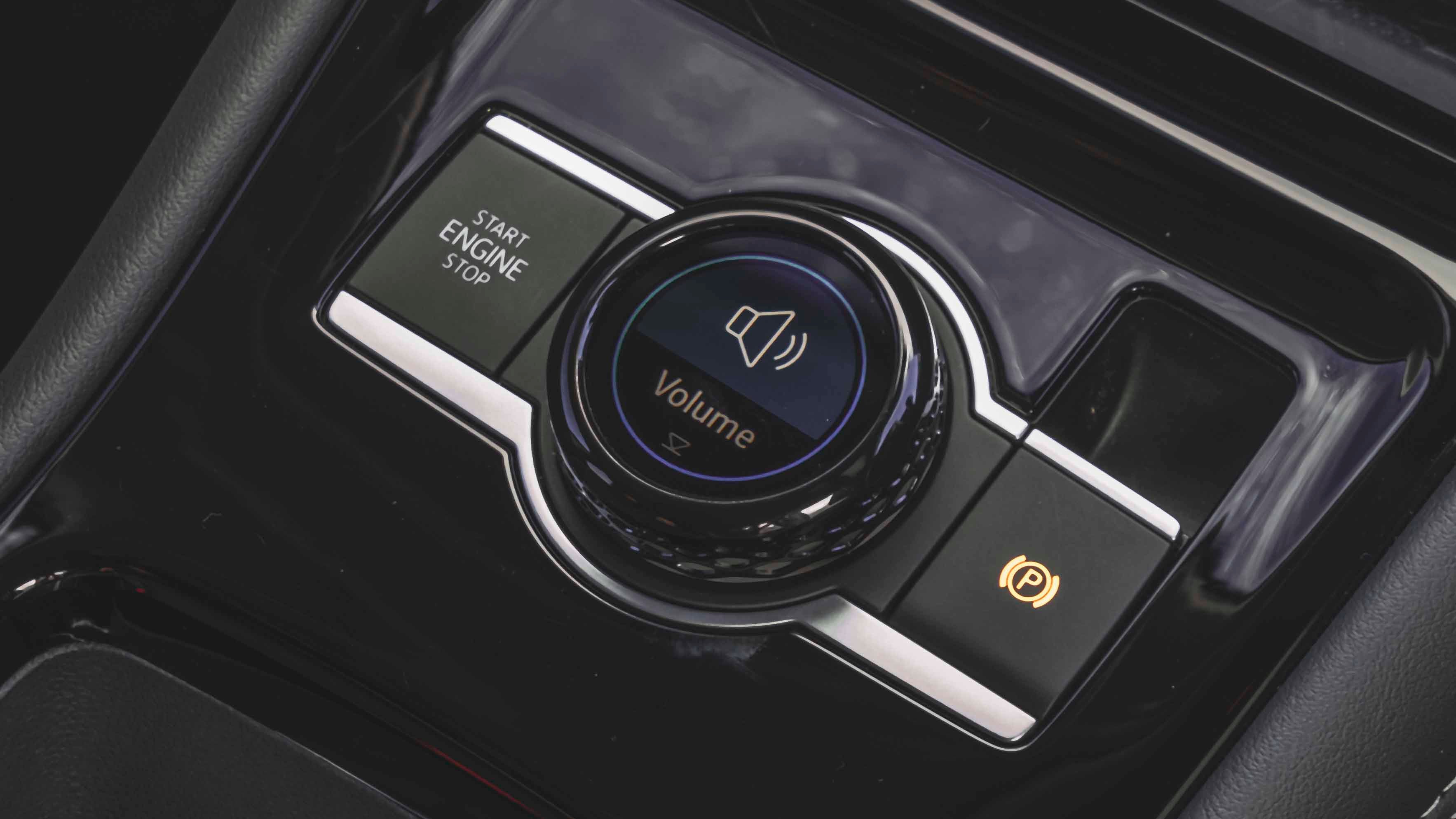

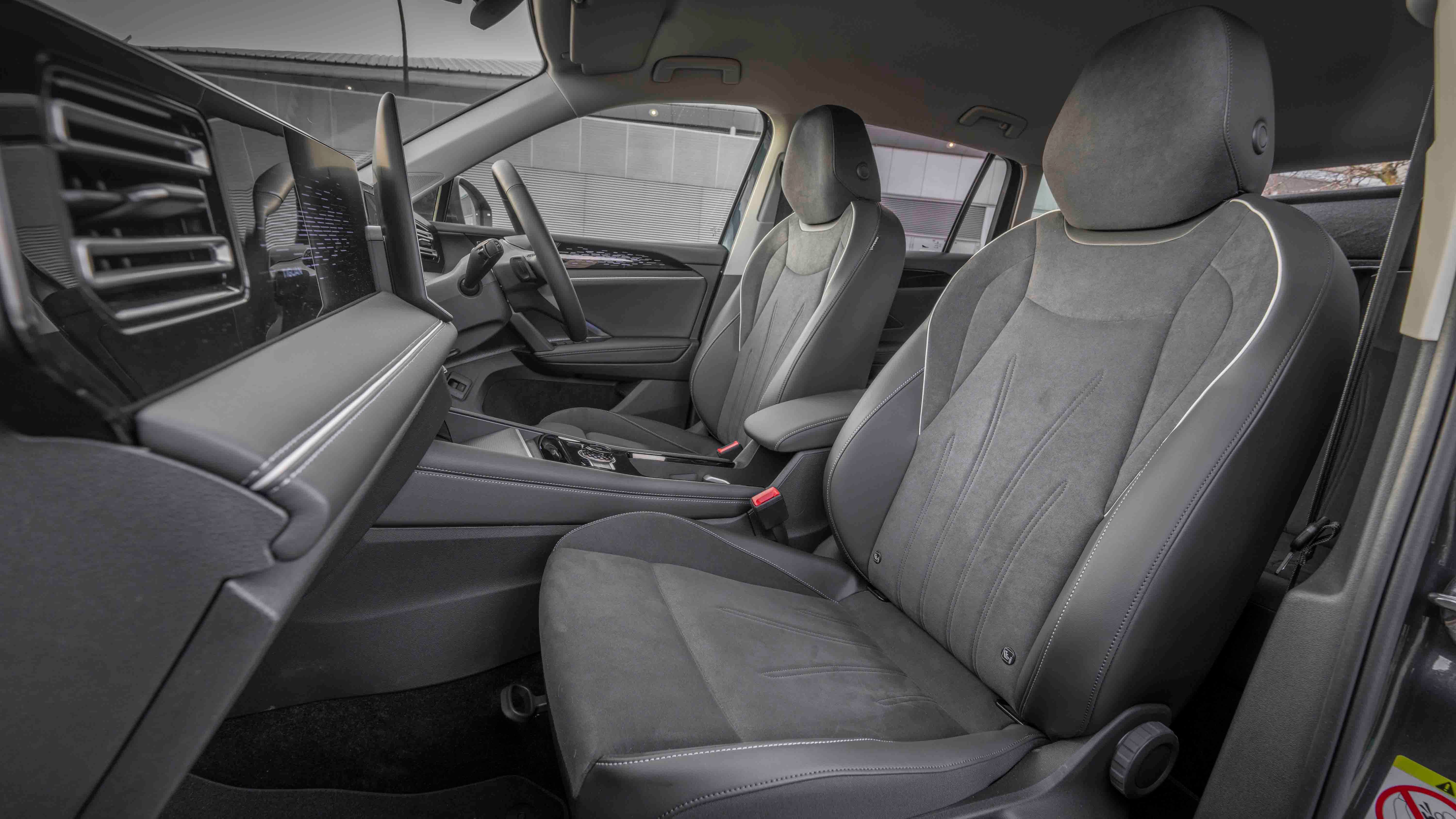
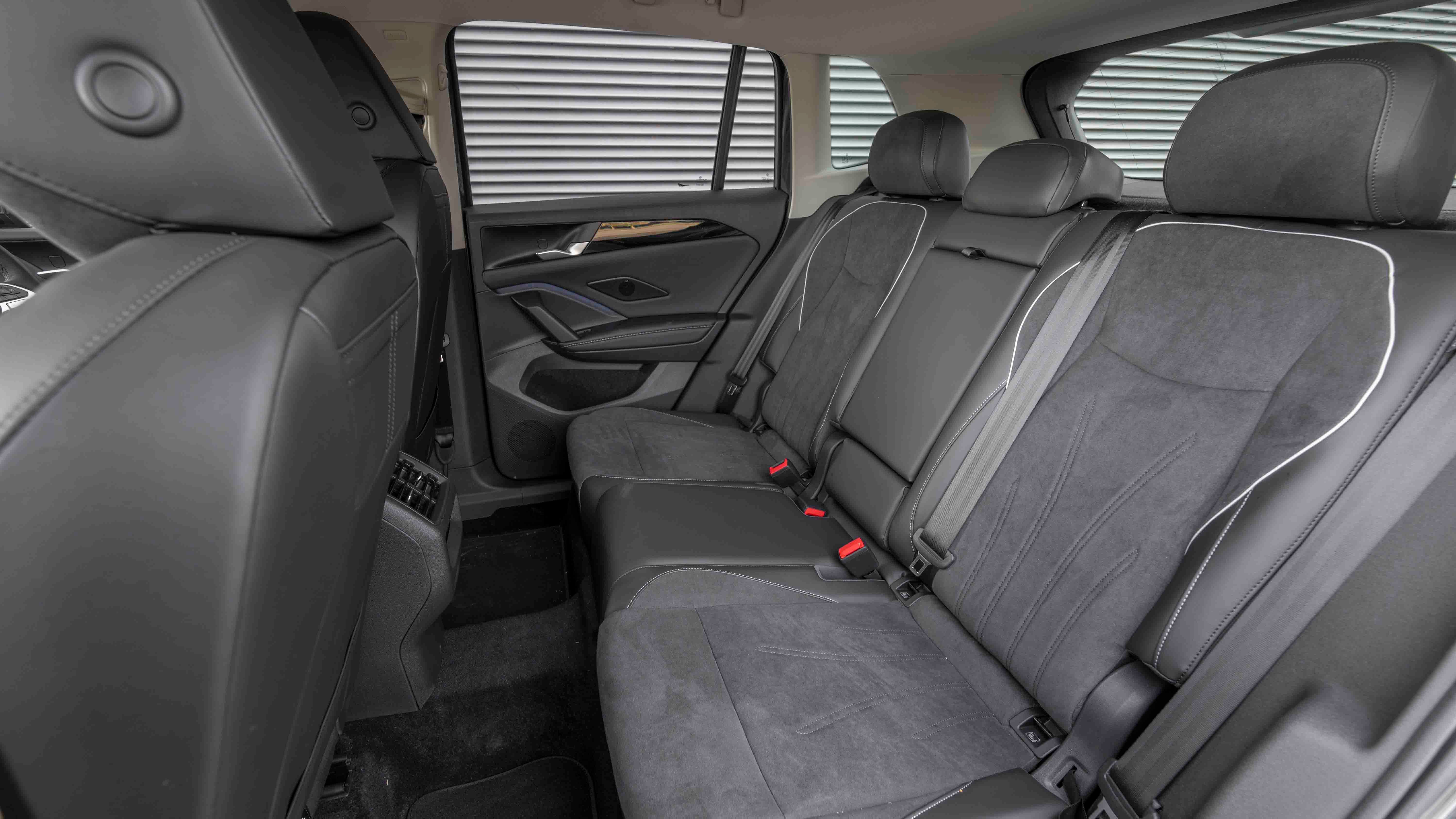
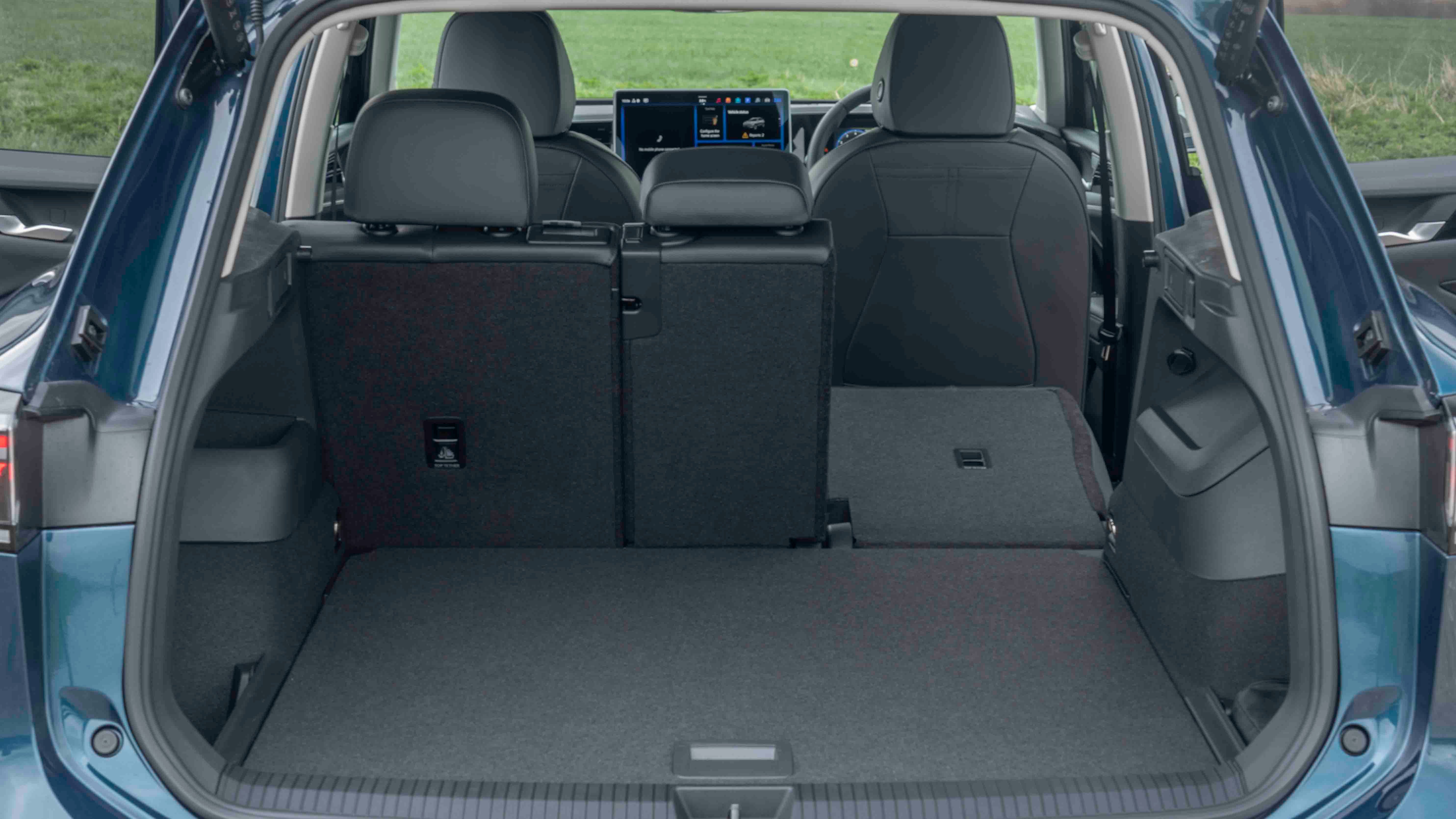
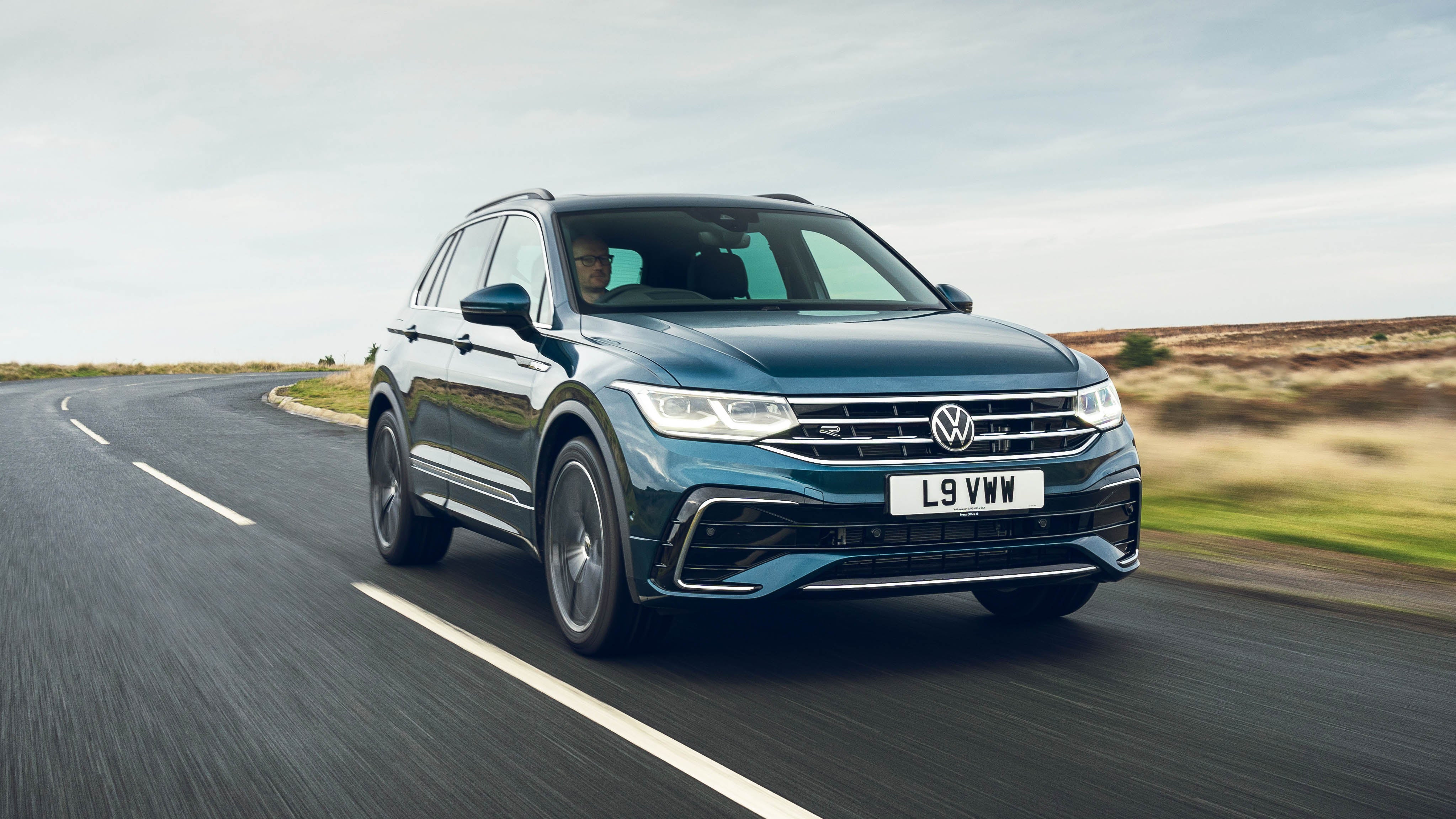
2024 Volkswagen Tiguan Review
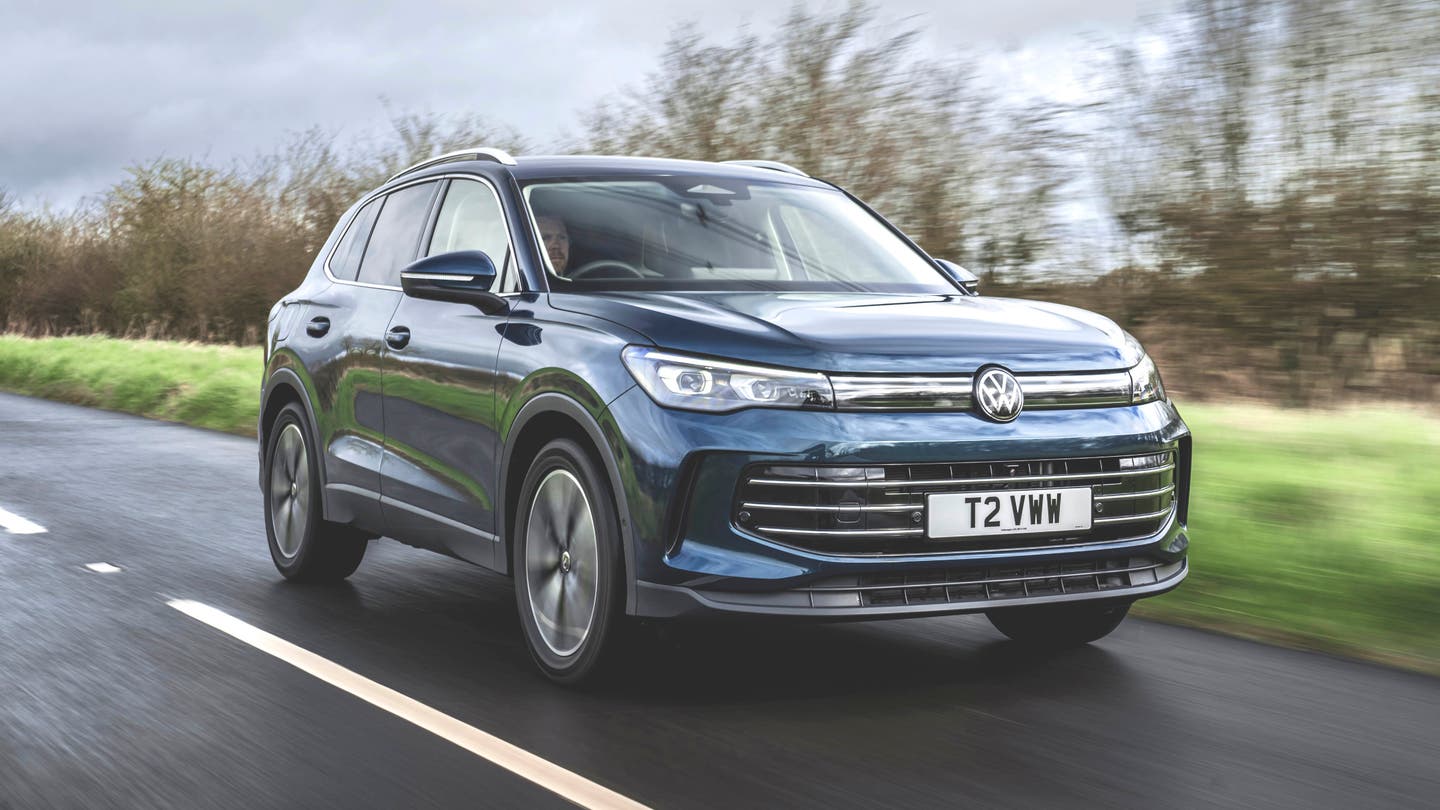
A screen-heavy interior and Touareg-inspired looks greet buyers of the new 2024 Volkswagen Tiguan.
Elsewhere, most of the outgoing car’s strengths have been retained. It’s immensely practical, middling to drive and plushly trimmed.
- Responsive infotainment screen
- Fantastically practical
- Refined at speed
- Gruff-sounding petrol engine
- Road noise
- Generic styling
Should I buy a Volkswagen Tiguan?
A new Volkswagen Tiguan is a landmark occasion – this is only the third time an all-new model has been revealed since 2007. The Tiguan is Volkswagen’s bread and butter, more so than the Golf – the Tiguan has been the firm’s best-selling model globally since 2017. It’s one of the family SUVs to beat. No pressure for this new one then.
So, what’s new? Obviously the styling has been updated, but it doesn’t stray too far from what we’ve come to expect from VW SUVs – a blocky, conservative front end and a few choice creases in the body work to stop it looking like a fridge. At the rear, the new Tiguan looks quite a lot like the range-topping Touareg SUV, despite costing significantly less.
Inside, the changes are more wide-ranging. Chiefly, the infotainment system has had a seriously thorough and much-needed overhaul. There are recycled material trims here and there and a column-shift gear selector, which takes a little getting used to.
Under the bonnet, a new plug-in hybrid engine offers up to 70 miles of electric range – enough to get the average commuter to work and back without using a drop of petrol. And it’ll fast-charge, unlike most PHEVs. Essentially, then, every area of the Tiguan has been scrutinised and reworked. The changes all add up, and the latest Tiguan is still one of the best family SUVs on sale.
Interior and technology
Climb into the Tiguan and up to 15 inches of infotainment screen sit proudly in the centre of the dashboard. That’s the same size as the Tesla Model 3’s screen, and getting on for double what you got in the last-shape Tiguan. As such, the Tiguan has had a full interior redesign, with many buttons and dials being vanquished in the pursuit of modern, minimalist style.
With such a reliance on screens, it’s reassuring that Volkswagen has put in the work to make the infotainment system function as it should. Not something we’ve been able to say about recent VWs, which have been occasionally glitchy. It reacts with the instant responses of a wizened kung fu master and is, thankfully, much easier to navigate around than before. The home screen is configurable to show regularly used functions, and there’s an app screen with all your main functions in one place.

Practicality
The new Tiguan is just 3cm longer than the outgoing model, but that 3cm has been used wisely. Half a centimetre has been added to the wheelbase – the distance between the front and rear wheels – and, while you’re not going to notice that, it has freed up marginally more passenger space than before.
Even if you’ve been standing in manure all your life and are as tall as a sunflower, you’ll have plenty of room in the Tiguan. Legroom is great, so’s headroom, and there’s room for three adults to squeeze across the back row, with the middle-seat passenger sitting astride a tall but thin transmission tunnel. What’s more, the back seats are reclinable from fully upright to full La-Z-Boy spec, making it easy to get comfortable on long journeys.
Up to 652 litres of boot space is available, putting the Tiguan right towards the top of the family SUV class in this respect.

Engines and performance
Not much seems to have changed in the engine department – there’s still a diesel engine, even in this day and age, plus a couple of petrol engines with mild-hybrid assistance and a plug-in hybrid.
The latter is more obviously improved over the last-generation Tiguan. With a bigger battery, the Tiguan eHybrid can now manage more than double the range of its predecessor, and 50kW fast-charging means you can top up on the go without holding everyone up.
The Tiguan’s new, smoother styling is good for efficiency, too, and we’re told that the eTSI mild-hybrid petrol engine is now 8% more efficient than before. Something to tell the cashier at Waitrose. But the changes do seem to have made an effect – VW quotes 43.2mpg for this engine, a figure we matched on our mixed-route test drive.

Driving and comfort
We’d expect the mild-hybrid petrol engine to be the big seller among private buyers, so it’s a bit of a shame that the engine is quite vocal. It produces a gruff, almost diesel-like sound when you ask for more power. At the same time, there’s a noticeable amount of road noise that doesn’t quite blend into the background enough of the time.
The 1.5-litre eTSI petrol engine has been given some attention, too, and it now feels more responsive than before. A quicker steering rack has improved the car’s agility and willingness to change direction, while body roll only kicks in when you steam into a corner too fast. Generally, the Tiguan feels every bit as stable as you’d hope from a sensible family SUV.


